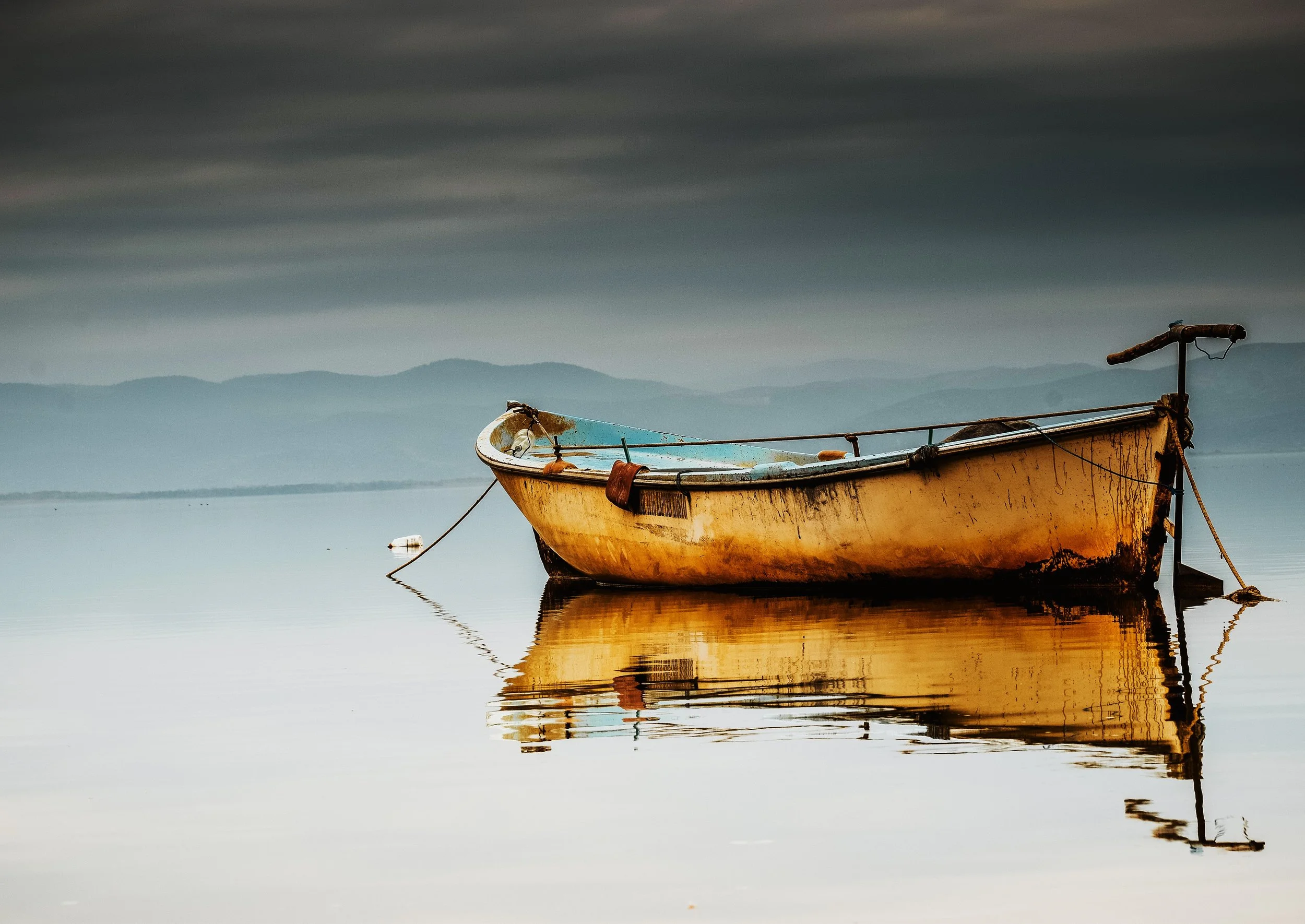Conclusion
It’s clear that humans have been fishing as a reliable source of food for centuries worldwide.
It’s also clear that there are many successful ways to catch fish depending on the region, waterways, and types of fish. These methods include but are not limited to hooks, weirs, spears, nets, and harpoons. This means that moving forward, we also need a variety of sustainable fishing methods to maintain the food supply without damaging ecosystems.
While it is clear there is still much research to be done investigating the efficacy of biodegradable and compostable plastics for fishing lures, it might be beneficial to initiate fishing methods that are based on past models. In other words, can we update older methods of fishing that were already somewhat sustainable?
For example, people are now “ranching” fish in enclosed pens in the ocean. This is often referred to as “aquaculture.” This style of harvesting fish is in some ways similar to the weirs that Native Americans were building in North America to catch salmon in rivers and streams upwards of 5,000-7,000 years ago. One place where successful aquaculture operations are being utilized is off the coast of Kona in the Hawaiian Islands, where the company Blue Ocean Mariculture is ranching Hawaiian Kampachi about a half mile offshore.
.It’s safe to say that no one method of fishing will continue to work EVERYWHERE FOREVER. Instead, it’s important that we pivot and alter our methods to meet the changing demands of both consumers and the ecosystems that keep them alive!

